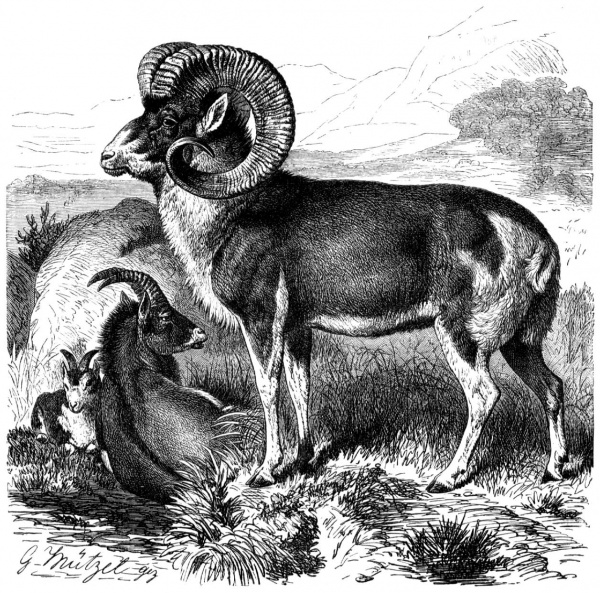Facts About Marco Polo sheep
The Marco Polo sheep, a subspecies of argali, roam the mountainous regions of Central Asia. They stand out due to their impressive size and unique spiraling horns. Unfortunately, they are classified as "near threatened" prompting initiatives to safeguard their population and curb commercial hunting. There has even been discussion of crossbreeding them with domestic sheep to enhance agricultural benefits.
Scientifically named Ovis ammon, the Marco Polo variety is specifically designated as Ovis ammon polii. These sheep are named after the famed explorer Marco Polo, who documented them during his travels. They are easily recognizable by their long, spiraling horns, dark brown coats with white underbellies, and a distinctive white patch on their rump. They thrive in high-altitude habitats, ranging from 3,700 to 4,800 meters above sea level, in regions encompassing Afghanistan, Pakistan, Kyrgyzstan, Tajikistan, and China.
Marco Polo sheep typically live in small flocks and exhibit social behaviors common to their genus. During the mating season, dominant rams compete for the attention of ewes, engaging in scent marking and other mating rituals. To protect these majestic creatures, conservation efforts include designated areas such as Khunjerab National Park and initiatives like the proposed Pamir Peace Park by conservationist George Schaller.
Hunting has posed significant threats to their population, leading to various regulations aimed at controlling hunting and preserving their habitats. Researchers are also exploring the potential benefits of crossbreeding Marco Polo sheep with domestic sheep, aiming to capitalize on their meat, horns, hides, and wool.

 India
India